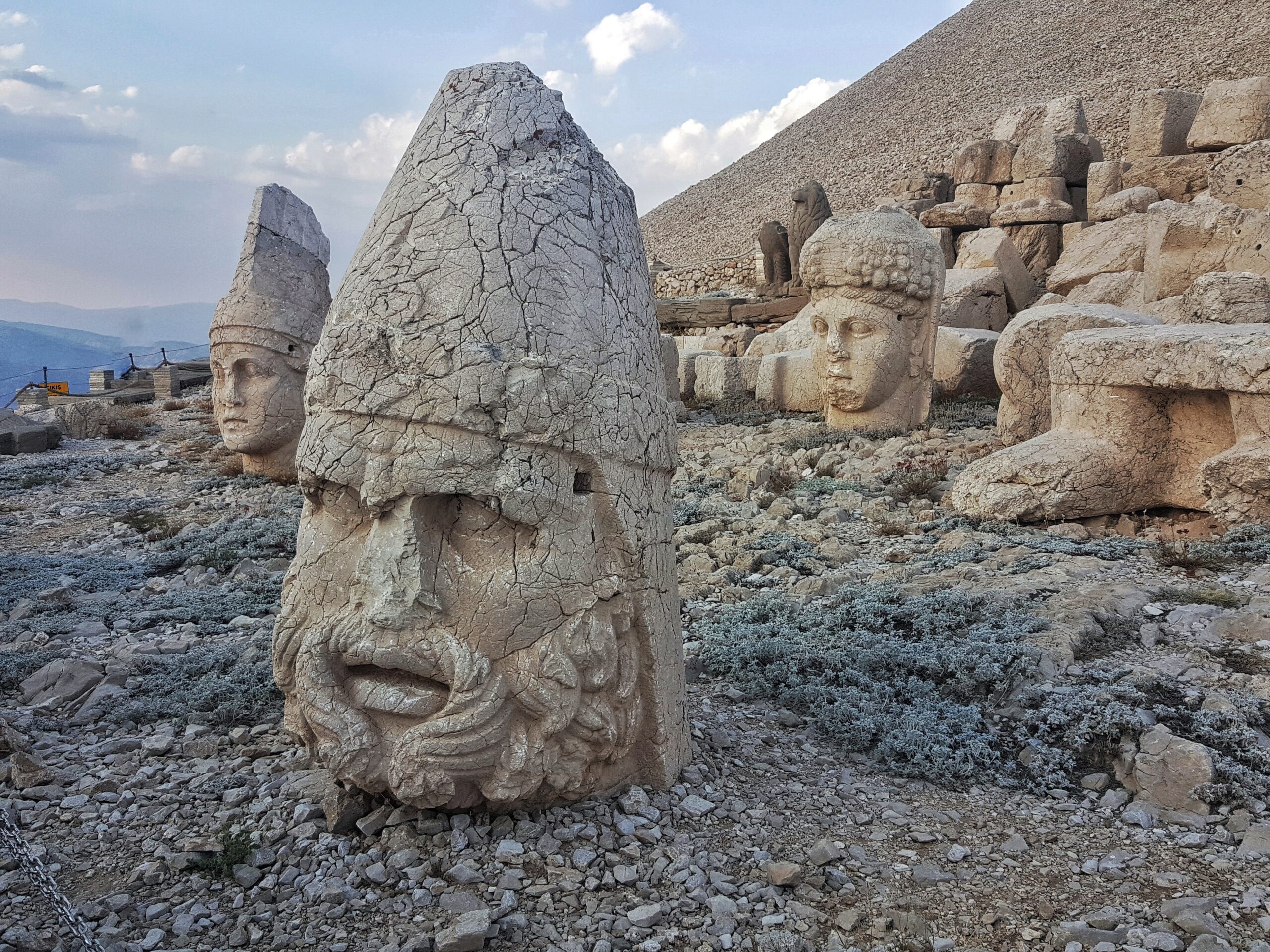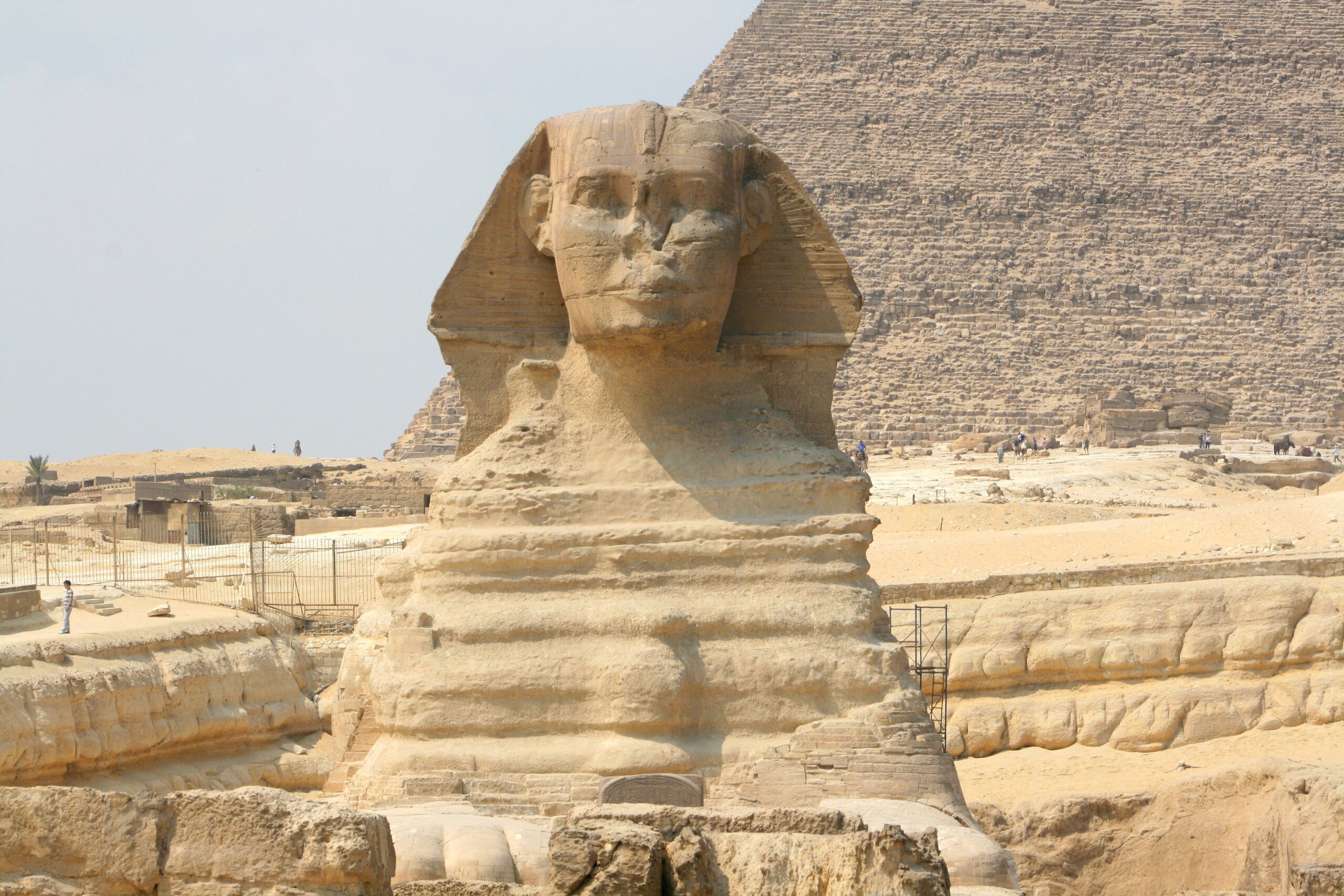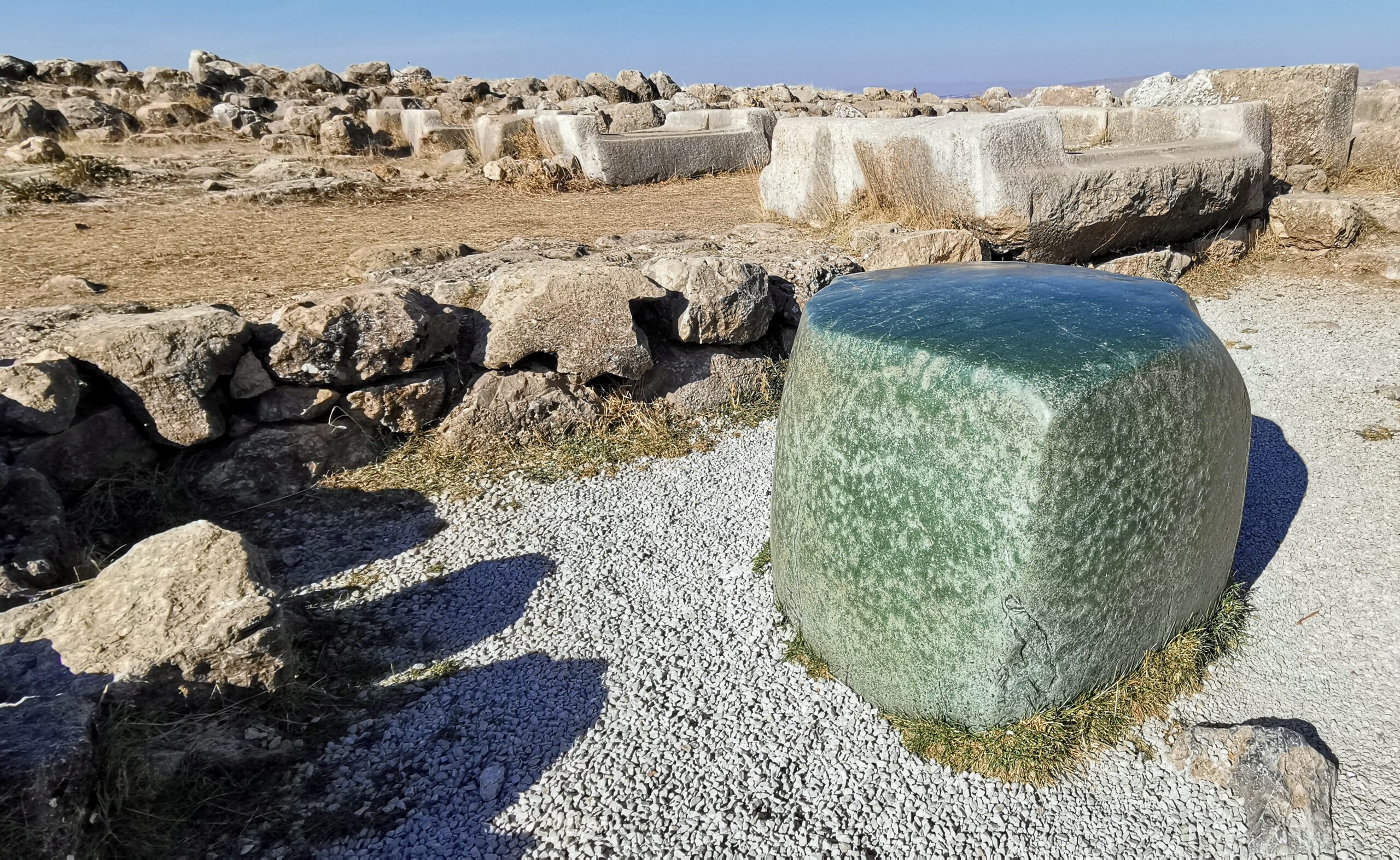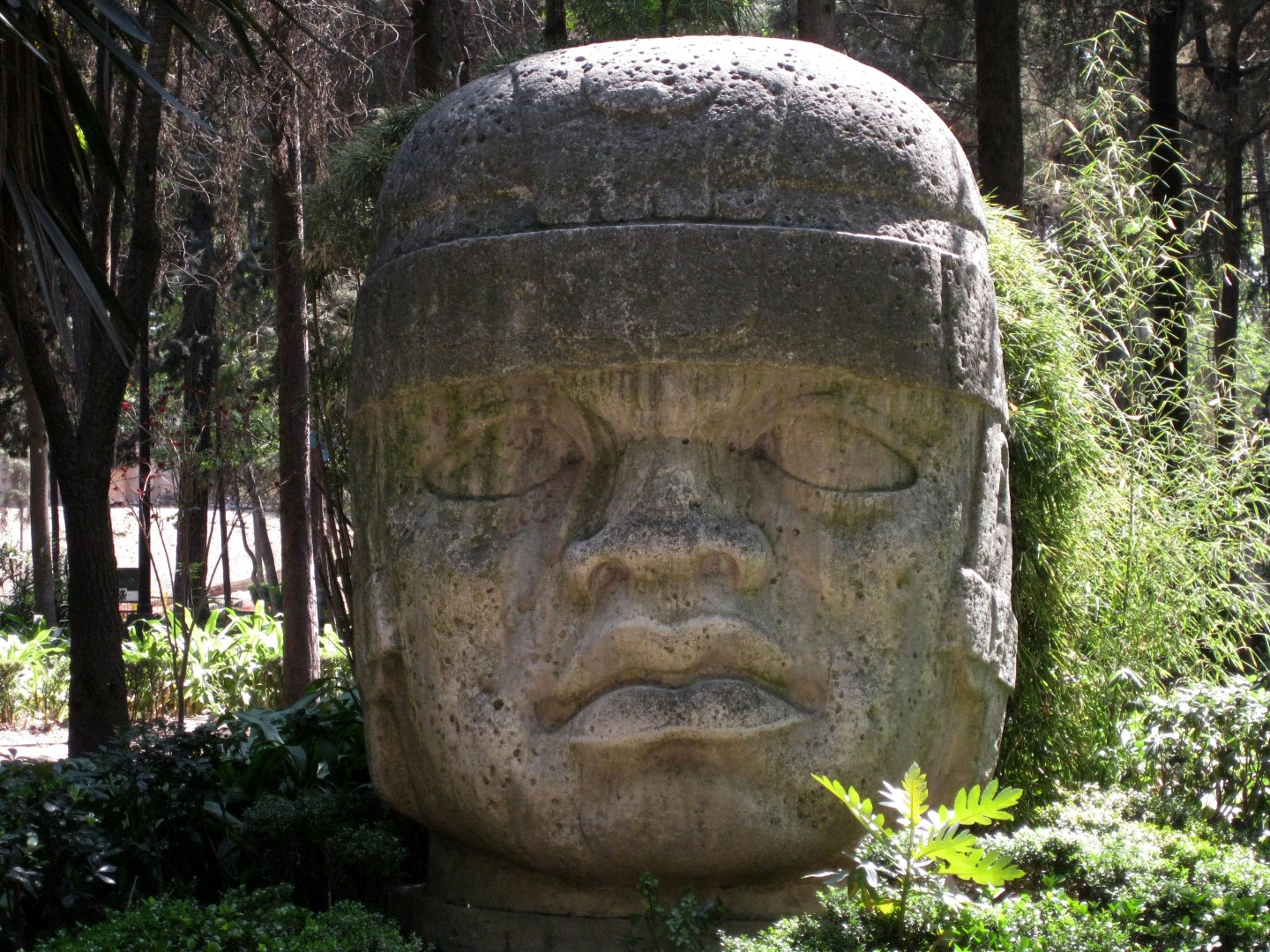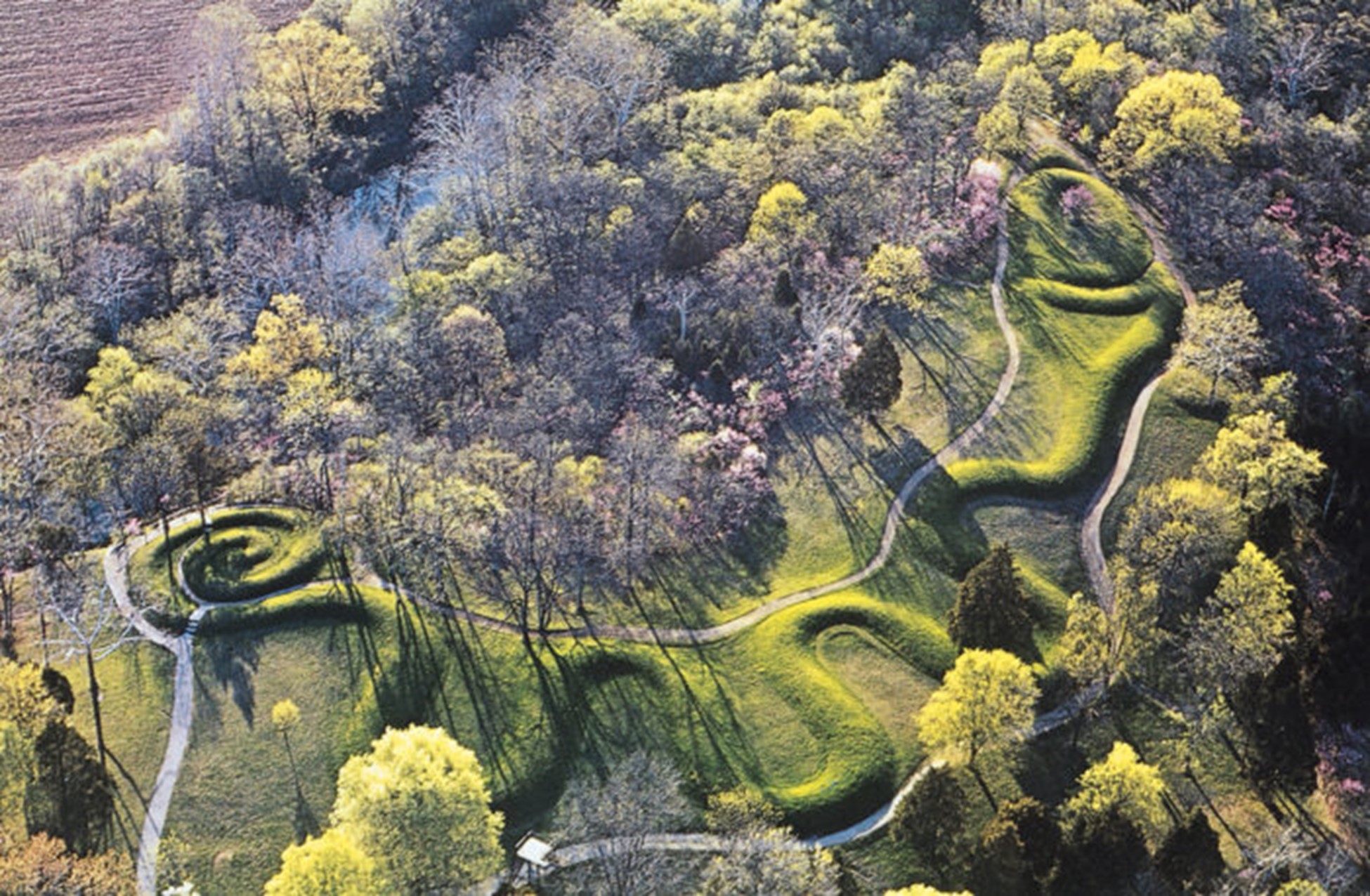
Across Australia’s rugged landscapes, Australian rock art stands as a vast archive of human history, etched and painted by Aboriginal peoples over tens of thousands of years. Found in over 100,000 sites from the Kimberley’s cliffs to Tasmania’s shores, these works date from at least 38,000 BC, predating many global counterparts. Featuring hand stencils, animal outlines, and geometric patterns, this art provides a window into the continent’s earliest inhabitants. Yet its full scope, age, and meaning remain partially obscured, fueling ongoing study into one of Earth’s oldest cultural legacies.
Origins of Australian Rock Art
Australian rock art first appears in traces tied to human arrival, estimated between 65,000 and 40,000 BC via northern routes. The oldest dated site, a kangaroo painting in the Kimberley from ~17,300 years ago (15,300 BC), emerged from radiocarbon analysis of wasp nests over and under the ochre. Other finds, like charcoal pigments in Arnhem Land, push estimates toward 40,000 BC and align with tools from that era. These early marks span shelters, boulders, and cliffs, often in red, yellow, or white ochre.

Its spread covers Australia’s diverse terrain of deserts, coasts, and ranges, suggesting widespread use from the start. Yet exact dating lags because ochre lacks organic material for carbon tests, forcing reliance on indirect methods like nest or sediment analysis. That gap leaves Australian rock art’s origins a subject of continued investigation, tied to a people who left no written records.
Aboriginal Makers and Materials
Aboriginal Australians, present since at least 40,000 BC, created this rock art as part of their cultural framework. They lived as hunters and gatherers, tracking kangaroos, emus, and fish with stone tools across a shifting climate as ice ages faded and seas rose. Their groups, numbering over 250 language dialects by 1788, spread from the Top End to Tasmania, adapting to deserts and rainforests alike.
They mined ochre from cliffs with red from iron oxide and yellow from clay, grinding it with stones and mixing it with water or fat. Australian rock art reflects this life through stencils of hands blown with pigment, outlines of extinct megafauna like thylacines, and patterns hinting at social bonds. Yet its spread outpaced tools; art sites far exceed known settlements, suggesting a mobile culture marking its presence.
Regional Variations in Style
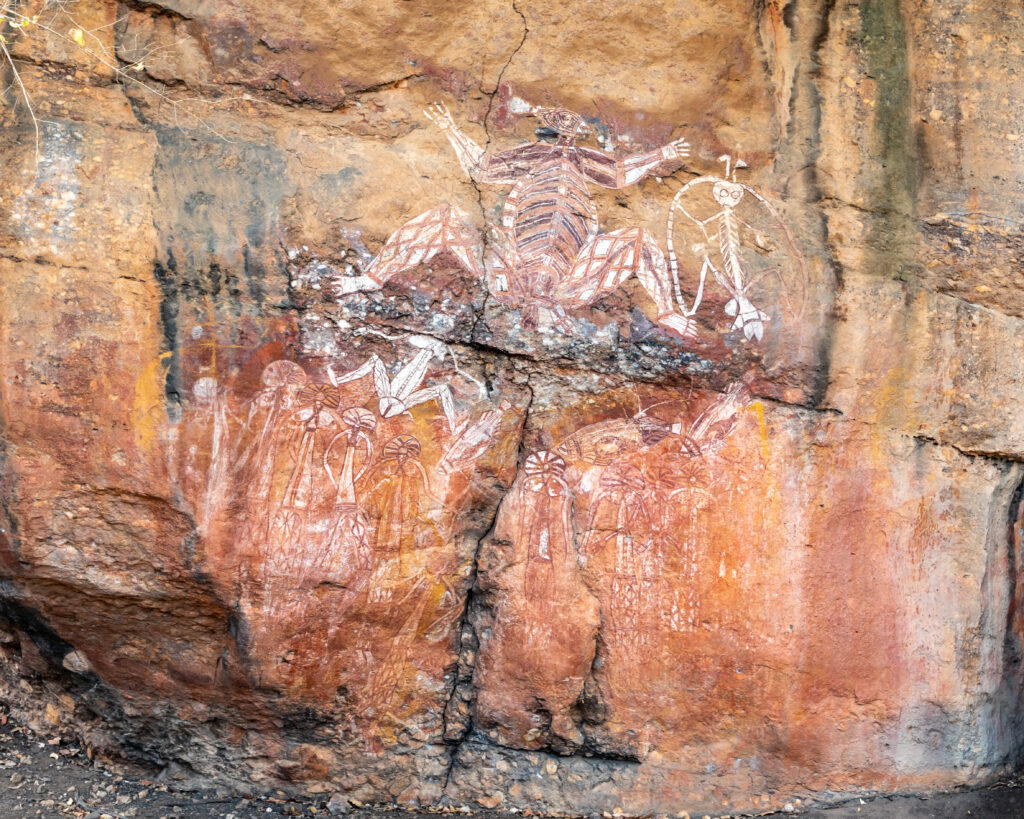
Australian rock art varies by region, showcasing distinct techniques and subjects tied to local conditions. In the Kimberley, paintings from 15,300 BC feature large animals like kangaroos and birds, often in red ochre, layered over time. Arnhem Land’s X-ray style, from ~2000 BC, details fish and macropods with internal bones, a precision unique to the north. The Burrup Peninsula’s petroglyphs, carved up to 20,000 years ago, etch human figures and tracks into rock faces.
That diversity reflects purpose since stencils mark territory, animals record hunts, and geometric lines signal ritual or maps. Yet dating varies widely; Tasmania’s art, cut off by rising seas ~10,000 BC, differs from mainland styles. This range complicates a unified story, leaving each region’s art a distinct thread in a broader tapestry.
Techniques of Rock Art Creation
Creating Australian rock art required skill honed by Aboriginal hands over generations. Artists ground ochre with stone slabs, mixing it into paste applied by finger, bark brush, or mouth-blown spray; hand stencils show this last technique. Petroglyphs in the Pilbara used harder stones to peck rock, forming outlines lasting millennia. Shelters like those in Kakadu preserved paintings under overhangs, shielding them from rain.
That labor spanned years as some sites show layers added when groups returned. Ochre’s durability with iron oxide resisting fade kept colors vivid, though wind and water erode others. Thus, the craft reflects both technique and intent, a record etched into Australia’s stone and soil.
Rediscovery and Documentation
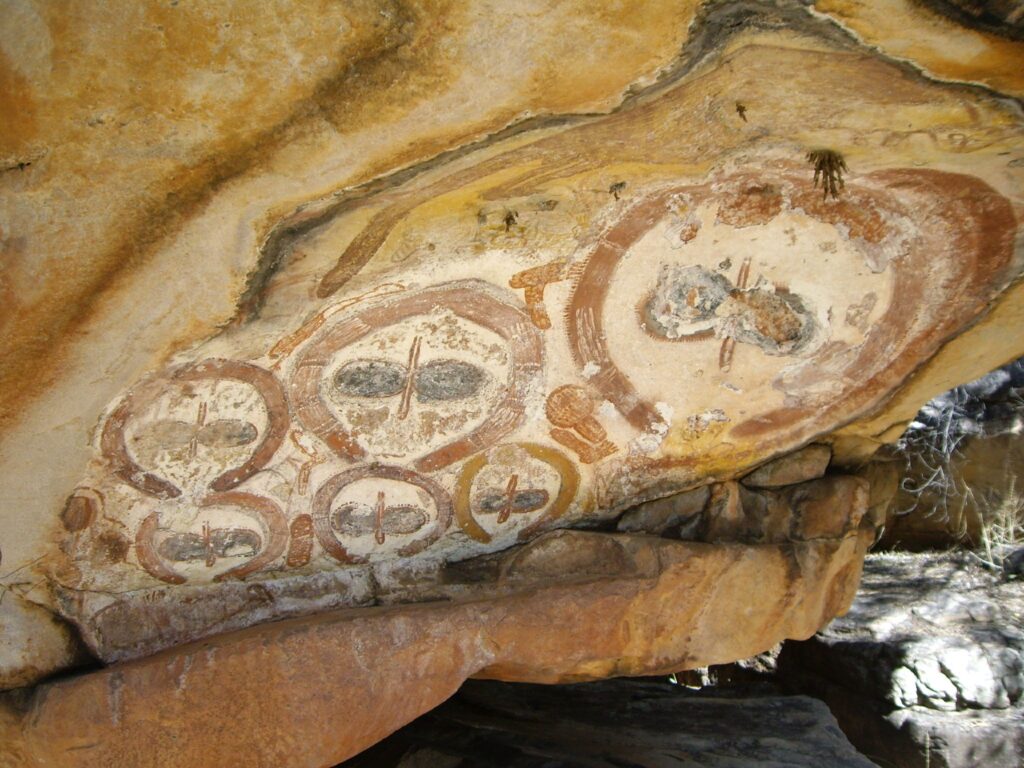
Australian rock art lay largely unseen by outsiders until colonial contact in 1788, though locals knew its sites. European settlers noted it from the 1800s; sketches by explorers like George Grey in 1838 captured Kimberley works, but study lagged. By the 20th century, archaeologists mapped thousands—Kakadu’s 5,000-plus sites lead—yet dating waited on science like radiocarbon, refined in the 1990s.
That rediscovery spurred protection; UNESCO lists Kakadu (1981) and Burrup (on watch since 2004), yet threats grow. Mining near Burrup, vandalism in Victoria, and climate shifts risk loss; 2019 fires hit Kimberley art. This push-pull of study and peril shapes its modern tale.
Global Context and Comparisons
Australian rock art aligns with global patterns; France’s Chauvet Cave (32,000 BC) shares animal themes, while Peru’s Toro Muerto carvings match scale. Yet its age and spread stand out since no other continent rivals 100,000 sites or 40,000-year depth. Trade with Timor by ~2000 BC hints at exchange, but art styles stay local with no Indian or Asian echoes apparent.
Beyond its borders, it draws focus—5,000 tourists hit Kakadu yearly, scholars use drones to map it. Its handprints and tracks offer a lens on a culture tracing back to humanity’s spread, yet its silence challenges full understanding.
Unresolved Questions Over Time

Australian rock art’s meaning shifts by site since no single role fits all. Was it for teaching, marking land, or ritual? Kangaroos fade from Tasmania post-10,000 BC; did art track loss? Ochre dates lag because wasp nests hint, but precision escapes. Erosion and industry threaten more with Burrup’s gas plants looming near.
Now spanning Australia’s vast terrain, Australian rock art persists as an ancient record after 40,000 years. This vast gallery holds clues—too broad to pin down—linking us to a past still unfolding.

